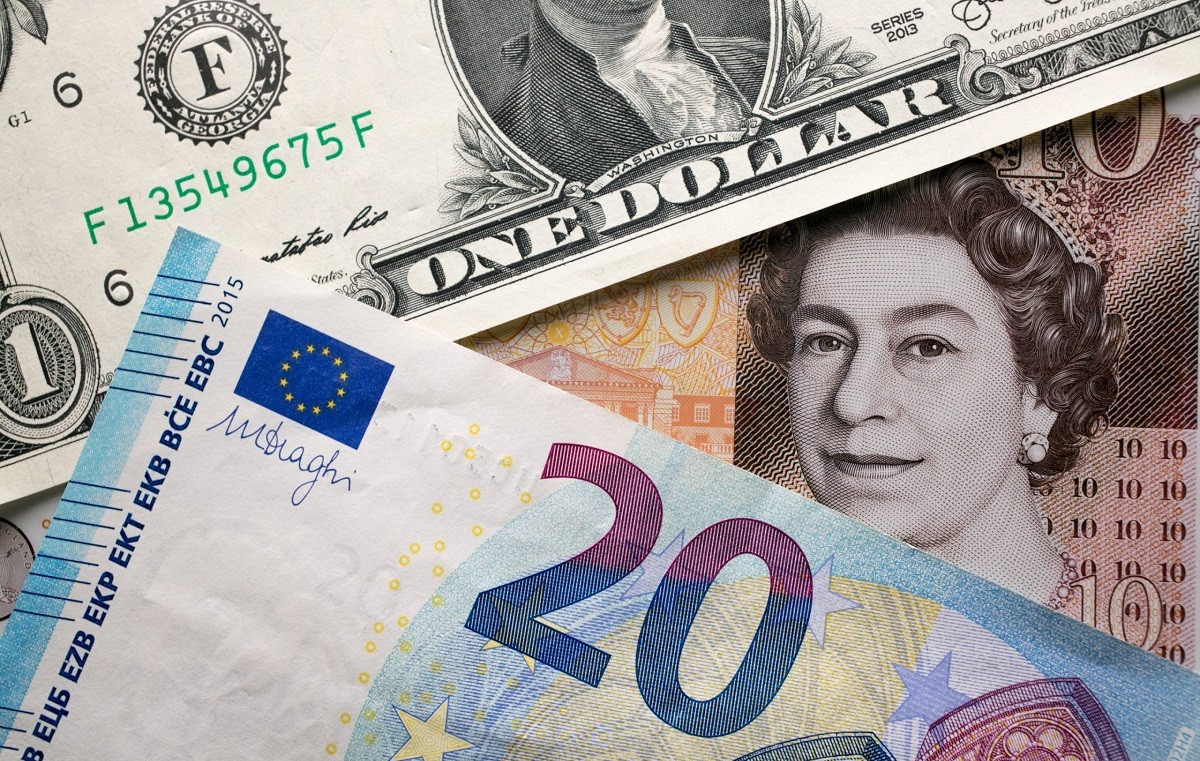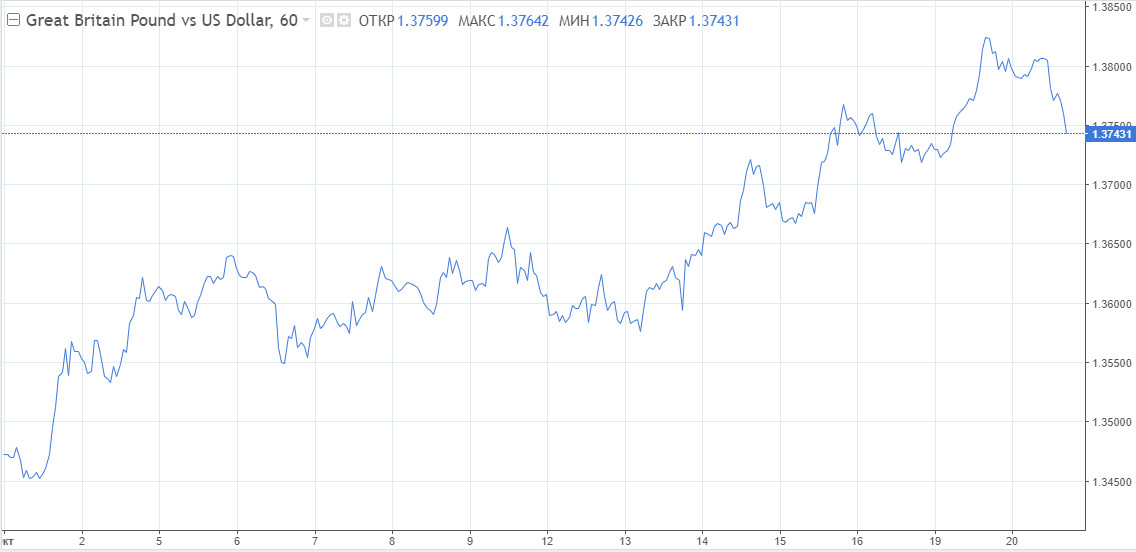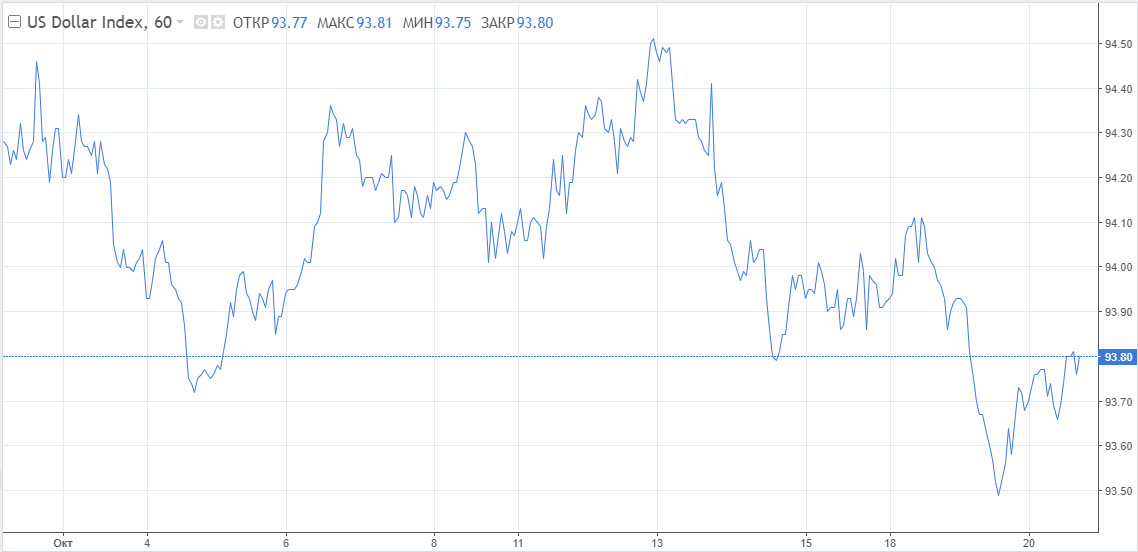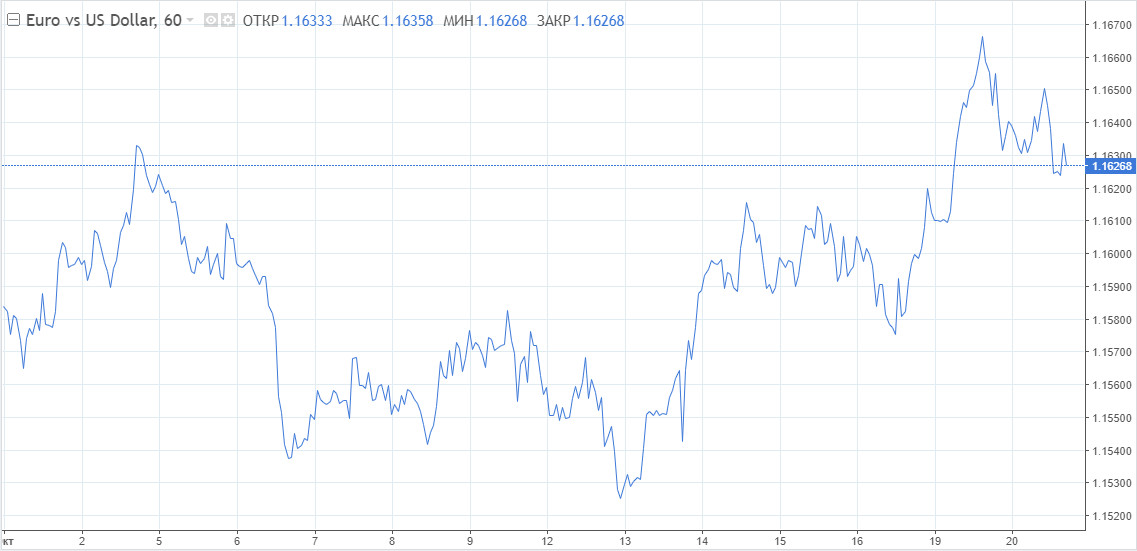
Inflationary pressures raise concerns among market participants. Commodities prices have soared to record highs and this is not the limit. The cost for food and petroleum as well as heating tariffs may increase in the near future. Besides, there is a high risk that prices for popular gifts and toys will also rise ahead of winter holidays and amid supply disruptions.
Some central banks still insist, although with less confidence, that high inflation is of temporary nature. Yet, most of the regulators agree that inflation is likely to persist indefinitely for quite a long time. Hopefully, it won't be the hyperinflation that we are talking about. However, such a scenario will become possible if prices continue to accelerate and central banks do not take any action to curb the process.
The risks are real, that is why some regulators have already made first steps in this direction, in particular, the Bank of England. BoE's Governor Andrew Bailey warned that the central bank was ready to act in order to tackle rising inflation. Against this backdrop, the yields of the UK government bonds went up to the great delight of the pound buyers. Markets have already priced in the possibility of a 15-basis point rate hike this year. Moreover, the interest rate is expected to rise to 1% next year.
The inflation data is now crucial for global central banks as well as for traders. Today, they will focus on the CPI reports of two countries (the UK and Canada) and of the euro zone as well.
On Tuesday, the GBP/USD pair reached its highest levels in three weeks. If fresh inflation data indicates that the situation is worsening, the UK regulator will be more likely to tighten its monetary policy soon. The British pound, in turn, will extend its strength.

The latest report showed that in annual terms UK inflation fell slightly to 3.1% in September from 3.2% in August. On a monthly basis, consumer prices rose by 0.3% after a jump of 0.7% in August. Markets expected to see the annual reading at 3.2% and the monthly rate at 0.4%.
The report had little effect on the sterling. Everyone understands that despite the slowdown in inflationary pressures, the Bank of England is unlikely to change its stance. This monthly reading cannot guarantee that the prices have stopped rising. Yet, the pound is very likely to start a correction since expectations of a rate hike have been already taken into account. A weak GDP report may also trigger a correction on the pound.
Today, GBP/USD retreated from the area of 1.38 although this does not mean that the upside potential of the pound has reached the limit. Experts at Societe Generale believe the quote will continue to rise. To develop a further uptrend, the pair needs to overcome the area of 1.3910–1.3930. If the pound fails to break above these levels, there might be a pullback towards 1.3670 and then 1.3570. A lot will depend on the US dollar which has resumed the upward movement.
Does this mean that the downward correction is over and there are new highs ahead? It is very likely that until the next meeting in early November, the greenback will be showing moderate dynamics.

The hawkish stance of the US Federal Reserve no longer has a great effect on the US dollar since other global central banks have started to adjust their monetary policies. For example, the Bank of England may raise the interest rate earlier than the Fed.
Judging by the minutes of the latest meeting, only half of the Fed's officials see the need for a rate hike by the end of 2022. Despite the upcoming reduction of stimulus measures, the Fed's monetary policy remains dovish which is a negative factor for the greenback. On the other hand, USD can always find support being a traditional safe-haven asset, especially now when the number of new Covid-19 cases is rising.
Meanwhile, the situation for the euro is getting worse compared to the pound. A stronger US dollar is not the only factor to blame. A conservative approach of the European monetary authorities, that refuse to tighten the monetary policy, weighs on the euro as well. Yet, the inflation in the euro zone keeps accelerating just like in other parts of the world.
According to fresh estimates published today, the year-on-year inflation rate rose to 3.4% in September from 3% a month earlier. This was the highest reading since 2008.
The data came in line with analysts' expectations as reported by Daily FX as well as with preliminary estimates. A year earlier, the euro zone recorded deflation of 0.3%. On a monthly basis, consumer prices increased by 0.5% which met market expectations.
An uptrend in the EUR/USD pair that has been developing in the past few days is attributed mainly to the weakening of the US dollar. Therefore, traders should not place high hopes on the euro.

The upward correction seems to have finished. Most likely, EUR/USD will resume the downtrend, given that the greenback is now recovering. The cross pair EUR/GBP may also put pressure on the euro amid uncertain hawkish signals from the Bank of England.
From the technical viewpoint, the EUR/USD pair has faced strong resistance near the level of 1.1700 but failed to break through it. This means that the price is about to fall further. On Wednesday, the pair approached a critical point. If the euro drops below 1.1630, the pair is unlikely to resume growth. If this scenario is true, the quote may even decline towards the level of 1.1530.





















